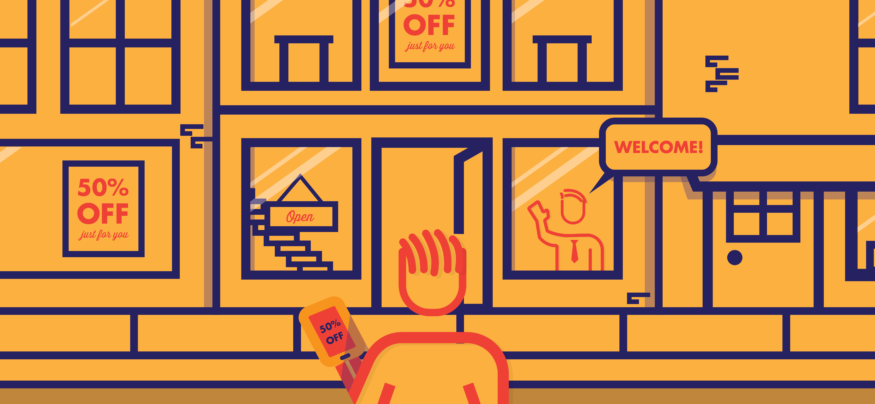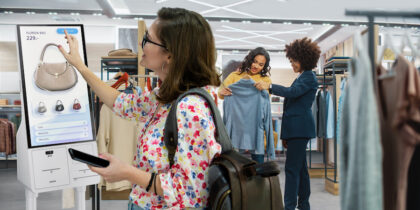Customer personalization is the key to creating an engaging consumer experience in today’s economy. Customers want — and increasingly, expect— to be treated as individuals.
Personalization should extend to all points of customer engagement, from initial marketing to in-store and online sales, to following up to find the best prospects and converting them to loyal customers, as several experts detail in an NGDATA blog. “Today’s consumers are growing less responsive to mass marketing messages. Younger buyers are known for their skeptical and demanding attitude. Old-fashioned relationship building will never go out of style,” said Paula Tomkins, CEO of ChannelNet.
True Personalization Creates a Premium Consumer Experience
To truly personalize marketing for your customers, all channels, interaction points and message components must be customized for each individual. This means having “the right product on the right channel at the right time at the right price,” according to Retail TouchPoints. It also means integrating all customer touchpoints to ensure that you know your customer — not only their name, but also their product preferences. Jennifer Martin, business coach and founder of Zest Business Consulting, added that customers expect exceptional service from the moment they walk through a merchant’s door or visit a merchant’s website.
This kind of personalization enables merchants to provide outstanding customer experiences. For example, high-end retailers such as Saks Fifth Avenue recognize the value of customer personalization by greeting shoppers by name, whether in-store or online. As a separate Retail TouchPoints article discusses, efforts such as the ability to know your customer as soon as they enter your store, alter visuals based on customer preferences, and guide a shopper to a product they’ve already shown interest in through past touchpoints like online research shows them that your business cares about them on a personal level, not just as a number.
Technology’s Role in Customization
Essential in this effort are technologies that capture customer information, and sales, marketing and other systems that integrate with each other to help nudge the customer along on the sales “journey,” whether they’re shopping online, in a physical store or a combination of both. While only a few years ago many of these technologies were out of the financial reach of smaller companies, business-ready tablets can provide in-store associates with all the customer and product information they need to provide shoppers with the personalization experience they’ve come to expect. For example, if an associate sees on their tablet that a customer has been searching for a product in a particular size or style, the associate can point them directly to that item, rather than wasting time talking to them about products they aren’t predisposed to purchasing.
When a customer is offered a product at the right time that fits their needs at that exact moment, their shopping experience is greatly enhanced. Even if the consumer doesn’t make a purchase at the initial or subsequent engagement, by personalizing the experience and the follow-up messaging, you can greatly improve your chances of future sales with prospective as well as current customers.
Interested in learning about how your business can leverage new technology to create a premium customer service experience? Click here to view our full line of retail solutions.







